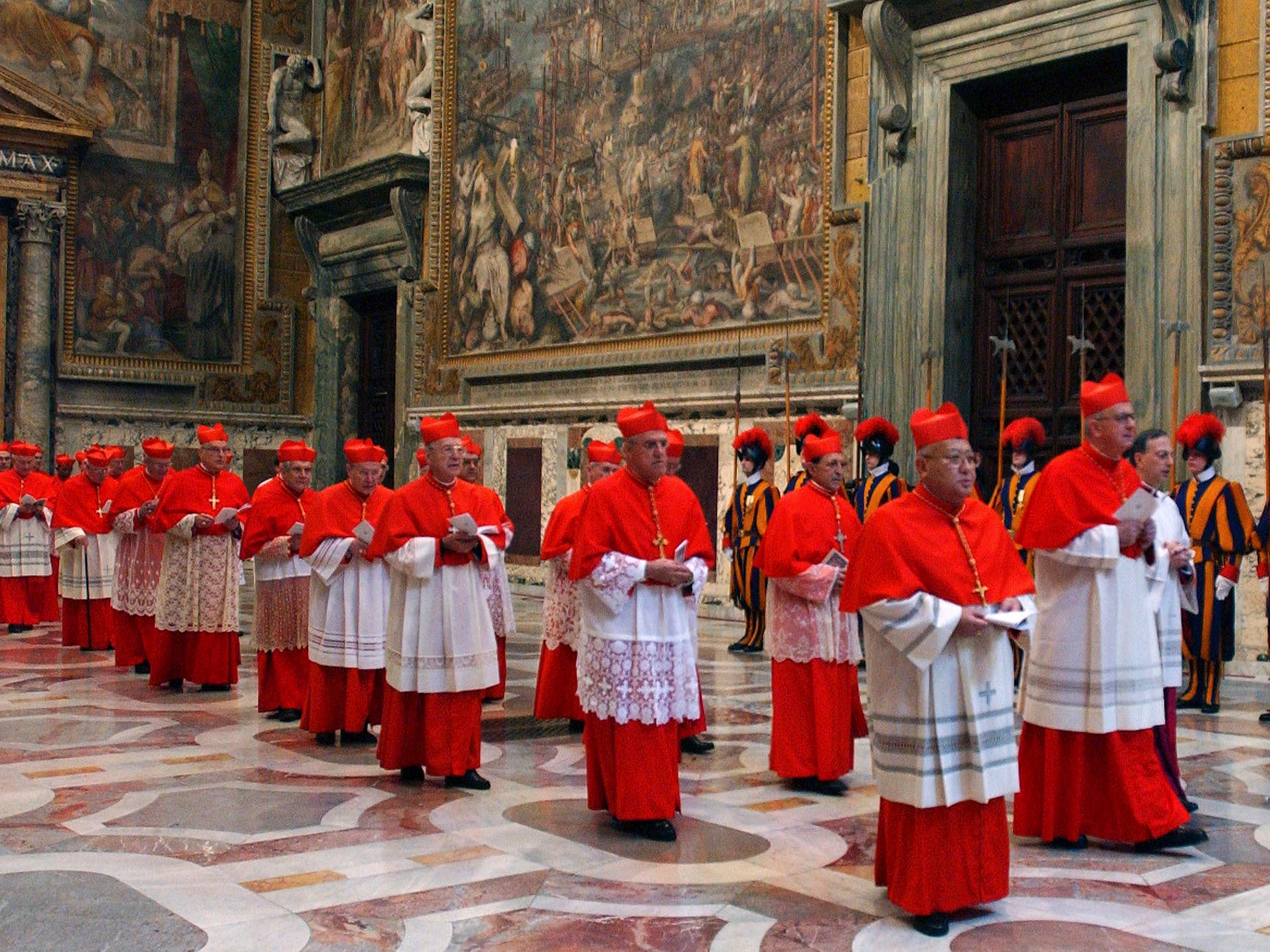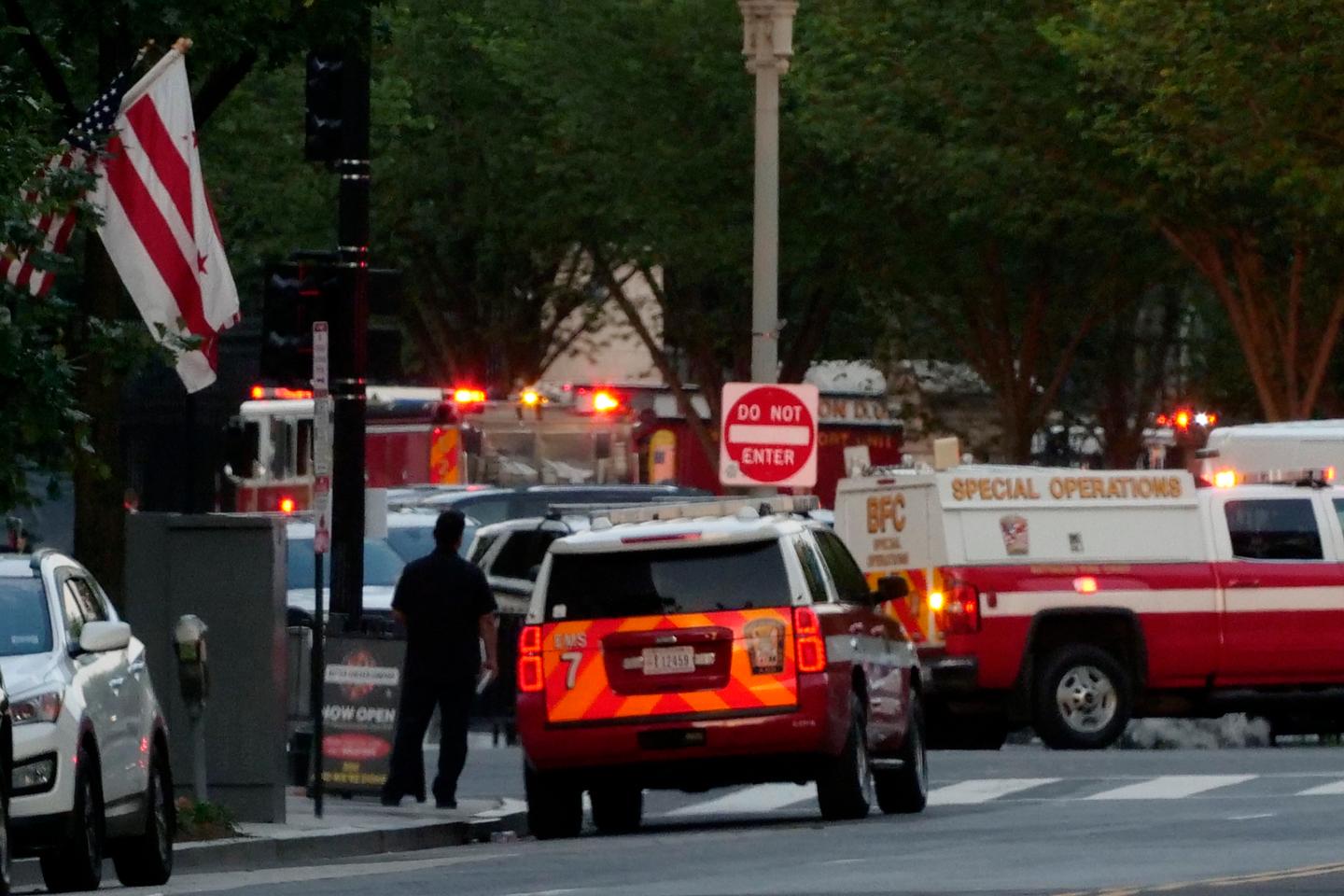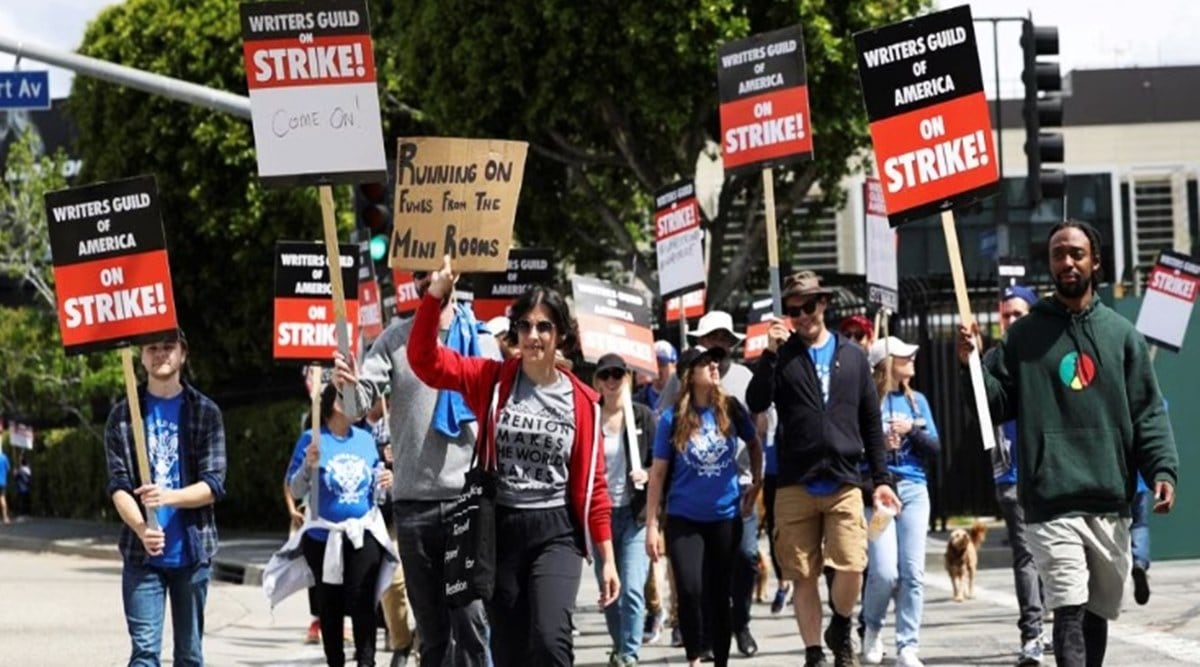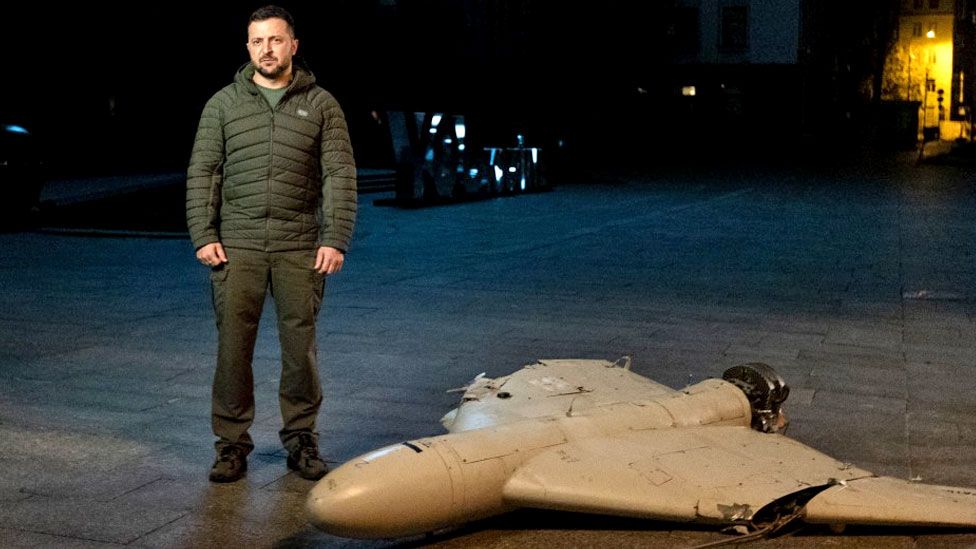How Is A New Pope Chosen? A Comprehensive Guide To Papal Conclaves

Table of Contents
The Process Leading to a Papal Conclave
The period between a Pope's death or resignation and the beginning of the conclave is known as the sede vacante—the "vacant see." This period, while seemingly a time of inactivity, is crucial for the smooth transition of power within the Catholic Church. It's a time of intense preparation and solemn reflection.
The sede vacante period is characterized by several key actions:
-
Confirmation of the Pope's death/resignation: The death of a Pope is officially declared, usually by the Cardinal Camerlengo, who then assumes certain administrative responsibilities. If a Pope resigns, the resignation is formally communicated.
-
Gathering of Cardinals in Rome: Cardinal electors, those eligible to participate in the Papal election, are summoned to Rome. This involves logistical coordination on a global scale.
-
Preparation of the Sistine Chapel: The Sistine Chapel, the location of the Papal Conclave, undergoes rigorous cleaning, security enhancements, and preparation for the demanding process ahead. This includes installing the necessary infrastructure for voting and communication.
The entire process, from the Pope's death or resignation to the beginning of the conclave, is carefully orchestrated to ensure a seamless transition and a respectful period of mourning and preparation for the Papal election. The efficient management of the sede vacante period is critical for maintaining order and stability within the Church.
The Role of Cardinal Electors
Cardinal electors are the heart of the Papal Conclave. Eligibility is strictly defined: only cardinals under the age of 80 at the time of the conclave are eligible to vote. This age limit ensures a balance between experience and vitality in the decision-making process. The number of Cardinal electors varies, depending on the number of cardinals appointed by previous Popes, and this number plays a significant role in determining the dynamics and potential outcomes of the conclave.
Cardinal electors bear significant responsibilities:
-
Secrecy and oath-taking: Before the conclave begins, each Cardinal Elector takes a solemn oath of secrecy, promising to uphold the confidentiality of the proceedings and maintain the integrity of the election.
-
Participation in the conclave: Active participation in the daily sessions, discussions, and deliberations is paramount for each cardinal elector.
-
Casting votes: Each Cardinal elector casts a secret ballot for the candidate they believe is best suited to be the next Pope. This process is repeated until a two-thirds majority is achieved.
Their collective judgment determines the future leadership of the Catholic Church. The selection process requires careful consideration of the candidates' theological understanding, administrative abilities, and pastoral leadership qualities. The role of the Cardinal Electors in the Papal election process is, therefore, pivotal for the future of the Catholic Church.
The Papal Conclave: Rules and Procedures
The Papal Conclave takes place within the confines of the Sistine Chapel, a highly secure environment within the Vatican. Strict security protocols are implemented to ensure the secrecy and integrity of the election.
The voting process is meticulously structured:
-
Ballots and scrutinies: Secret ballots are used to ensure anonymity and prevent undue influence. Multiple rounds of voting, known as scrutinies, take place until a candidate receives the required two-thirds majority.
-
Two-thirds majority rule: This rule ensures a broad consensus within the College of Cardinals, preventing the election of a Pope by a slim majority.
Key aspects of the Conclave include:
-
The "fumata bianca" (white smoke): The appearance of white smoke from the Sistine Chapel chimney signals the election of a new Pope.
-
The "fumata nera" (black smoke): Black smoke indicates that no candidate has reached the required two-thirds majority, and voting continues.
-
Accommodation and daily life within the Conclave: The cardinals are housed within the Vatican during the Conclave, living a simple life, and focused entirely on the election process.
The Papal Conclave rules and procedures are designed to ensure a fair and transparent election, balancing tradition with the modern demands of leadership selection in the Catholic Church. The Papal Conclave process is a testament to the Church's commitment to electing a Pope who can effectively guide the faithful globally.
History and Evolution of Papal Conclaves
The method of electing Popes has evolved significantly throughout history. Early Papal elections were often fraught with political intrigue and factionalism. The conclave, as we know it, gradually emerged as a means of regulating the process and reducing the influence of outside powers.
Significant changes and reforms were introduced over the centuries:
-
Early Papal elections and their complexities: These early elections often involved considerable conflict, with powerful families and factions vying for influence.
-
Key reforms and their impact on the process: Reforms aimed at streamlining the process, enhancing secrecy, and reducing external influence were implemented over time.
-
Notable conclaves and their outcomes: Certain conclaves in history are particularly noteworthy for their length, the challenges faced, and the eventual outcome in the selection of the Pope.
The history of Papal Conclaves reflects the Church's ongoing adaptation and its striving for a just and transparent process to elect its leader. The evolution of the Papal election from less structured processes to the formal, refined system we have today demonstrates the commitment to improvement and refinement.
Conclusion
The process of choosing a new Pope, a Papal Conclave, is a complex and fascinating ritual steeped in tradition and history. From the sede vacante period to the final ballot, each step plays a crucial role in electing the new head of the Catholic Church. Understanding the rules, procedures, and historical context surrounding the Papal Conclave provides a deeper appreciation for this significant event. Learn more about the intricate details of Papal Conclaves and the history of Papal elections by exploring further resources available online. Understanding the process of how a new Pope is chosen offers invaluable insight into the Catholic faith.

Featured Posts
-
 Cocaine Found At White House Secret Service Ends Investigation
Apr 22, 2025
Cocaine Found At White House Secret Service Ends Investigation
Apr 22, 2025 -
 Beyond Bmw And Porsche Foreign Automakers Face Headwinds In China
Apr 22, 2025
Beyond Bmw And Porsche Foreign Automakers Face Headwinds In China
Apr 22, 2025 -
 5 Dos And Don Ts For Landing A Private Credit Job
Apr 22, 2025
5 Dos And Don Ts For Landing A Private Credit Job
Apr 22, 2025 -
 Hollywood Strike Actors Join Writers Bringing Production To A Halt
Apr 22, 2025
Hollywood Strike Actors Join Writers Bringing Production To A Halt
Apr 22, 2025 -
 Time Running Out Kyiv Must Respond To Trumps Ukraine Strategy
Apr 22, 2025
Time Running Out Kyiv Must Respond To Trumps Ukraine Strategy
Apr 22, 2025
